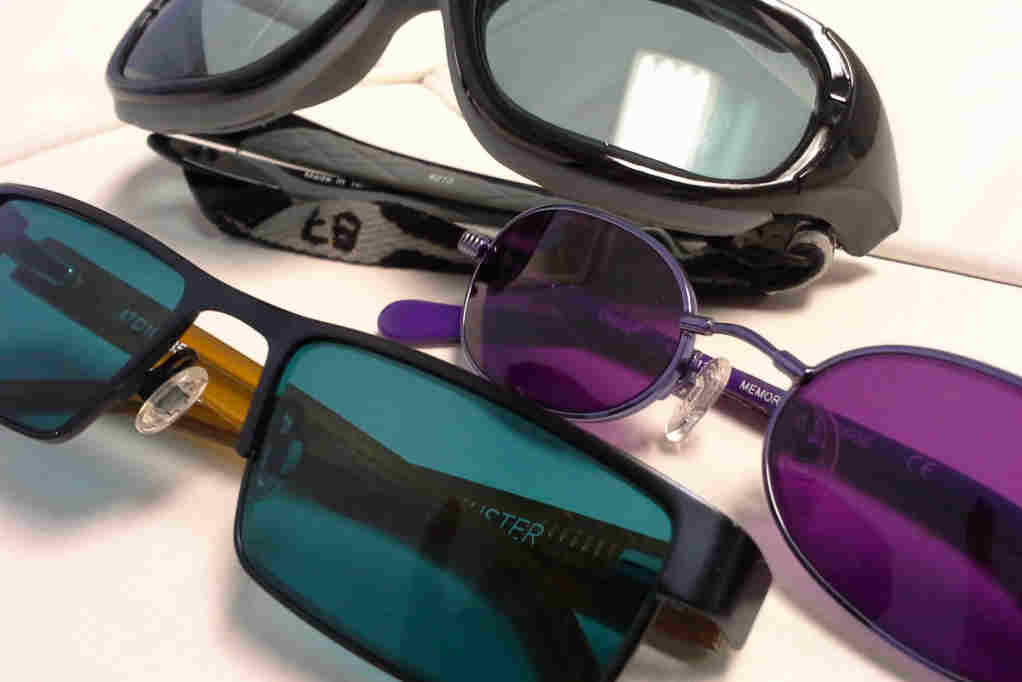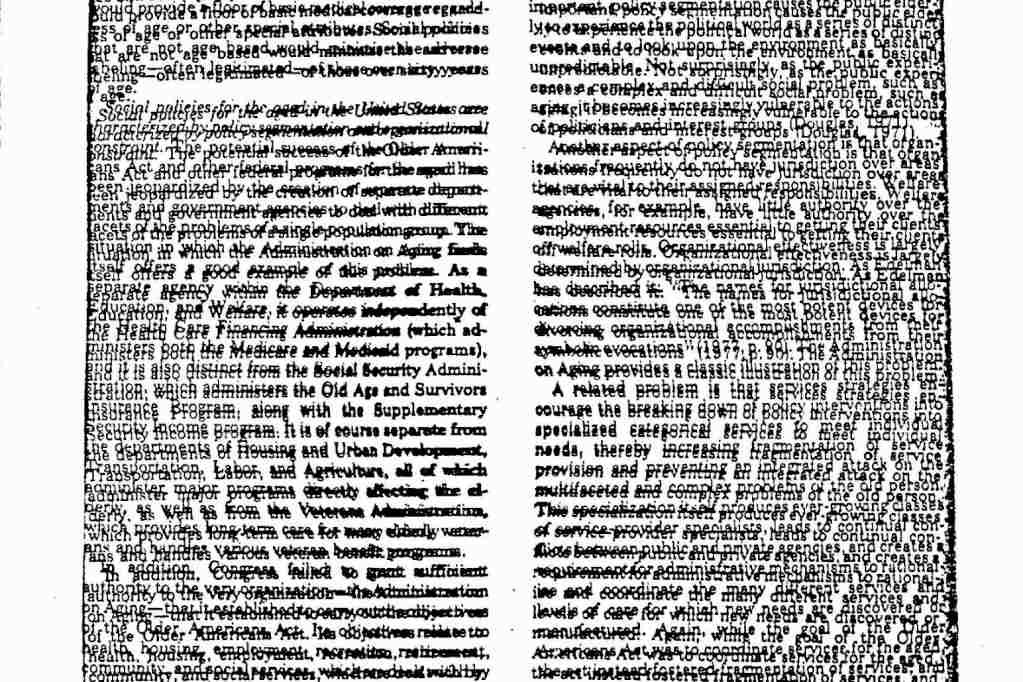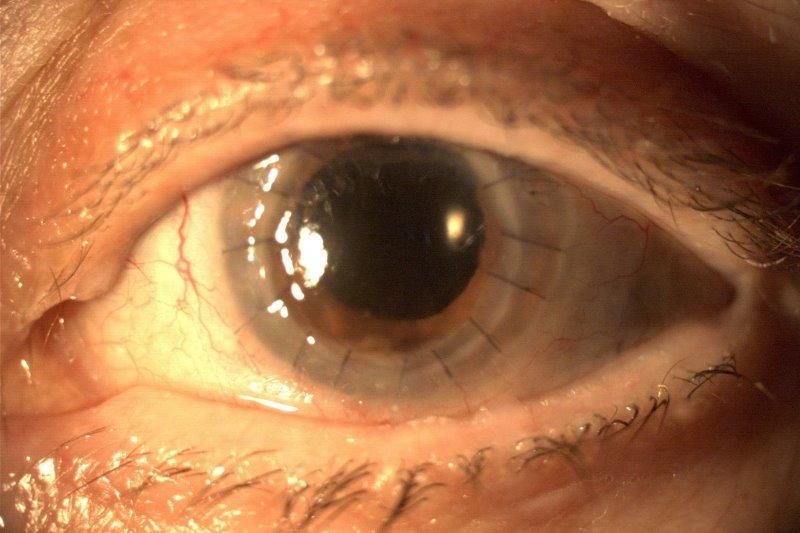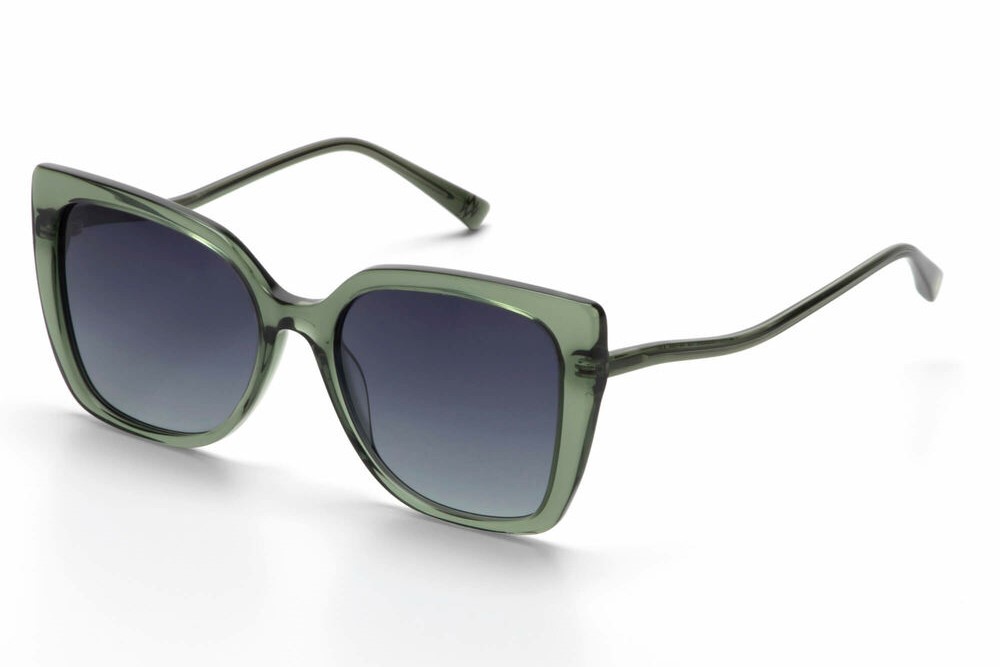The Irlen Institute: the case for Irlen
In their recently released position statement, The Royal Australian and New Zealand College of Ophthalmology (RANZCO), expressed the opinion, “There is no scientific evidence that Irlen syndrome exists or that treatment of reading difficulties with Irlen lenses work.” The available body of current neuroscience, biochemical, educational and psychological research appears to have been overlooked by these authors, and as such, we’d like to respond providing the most current information.
Lack of scientific evidence that Irlen Syndrome exists
Neuroscience and biochemical research have both established the existence of Irlen Syndrome, but this research was not reviewed by RANZCO. This research uses advanced brain imaging technology (fMRI, MEG) to show abnormal brain function in the visual cortex and surrounding brain areas that corresponds to reported physical and perceptual symptoms for those identified with Irlen Syndrome. This brain imaging research, which shows normalised brain function with colored filters, has also confirmed improvements in reading performance, physical symptoms, such as migraines, and visual distortions1-6. Biochemical studies have also substantiated the existence of Irlen Syndrome7-10.
As a result of ongoing research being conducted at the Human Neuroscience Institute at Cornell University in the United States, Associate Professor Adam Anderson explained, “Our preliminary fMRI examinations of individuals with Irlen Syndrome, with and without prescribed Irlen color filters, revealed quite dramatic effects on the visual system as well as higher brain structures involved in learning. Consistent with a reduction in visual stress, the filters reduced the over activity of the visual system during visual stimulation and word reading.”
Lack of evidence that treatment for Irlen Syndrome is effective
More than 100 articles published in peer-reviewed scientific journals support the use of colour to address symptoms of Irlen Syndrome.
Irlen Syndrome is a problem with the brain, not the eye. It is a perceptual processing disorder, not a visual problem. As such, Irlen Syndrome, as with other perceptual processing difficulties, falls under the educational domain and is not considered a medical condition. In addition to causing a variety of physical, cognitive, emotional and neurological symptoms, one way the condition can manifest is on the printed page. Irlen Syndrome, which is usually inherited, can make reading and other academic tasks more difficult.
Research on Irlen Syndrome and reading performance has almost a 40-year history, with numerous positive reading-related research studies published in Australian journals11-18. However, in recent years, most researchers have moved beyond reading as a topic of study, recognising Irlen syndrome as having a much broader impact on daily function and physical well-being. Even with that being said, the most recently released research on the impact of Irlen filters and reading revealed positive results19. This study was also, not considered by RANZCO.
Since 2006, there have been 13 studies published on the use of coloured lenses and reading. Ten of these studies had positive results (faster reading rate, improved comfort, enhanced comprehension, reduced visual noise and increased accuracy)1, 19-27. The other three had inconclusive findings. One inconclusive study used a different method of colour selection, not the Irlen method, and not Irlen spectral filters28. The other two studies utilised the same sample of subjects, and both studies have been criticised by experts for using sample sizes that were too small to detect the actual positive changes that appeared in the raw data29-30.
Issues with lens choice
Other available coloured lens interventions rely on self-selection of colour, but the Irlen method does not. The Irlen method uses indicators of performance on a series of diagnostic tasks along with behavioural observation to determine the proper colour. It is this unique diagnostic method that makes the Irlen Method different from other coloured lens interventions. The colour is customised for each individual’s brain so that it filters only the wavelength(s) of light the person’s brain cannot process accurately. Each person ends up with their own unique colour to wear.
Poor repeatability of colour choices.
RANZCO’s statement about poor repeatability of colour choices is out of line, as none of the studies referenced on this topic utilised the Irlen method of colour selection31. The methods employed by the articles referenced relied on self-selection of colour, and were not carried out by a professional trained in the Irlen method.
Placebo effect
Both longitudinal and placebo-controlled studies have shown improvements in reading and other Irlen-related physical and perceptual symptoms32-36, yet these studies, published in educational and psychological journals were not considered by RANZCO when making their statement.
In conclusion
We would like to invite eye care professionals to move beyond the eye and remember the role the brain plays in Irlen Syndrome. To ignore published research in the areas of neuroscience, education, and psychology that takes into account the broader impact of Irlen Syndrome as a neurodevelopmental disorder seems to do a disservice to both the general public that suffers from this condition and the professionals who might be able to help.
See other articles in this feature:
References
- Kim, J. H., Seo, H. J., Ha, S. G., & Kim, S. H. (2015). Functional Magnetic Resonance Imaging Findings in Meares-Irlen Syndrome: A Pilot Study. Korean Journal of Ophthalmology, 29(2), 121-125.
- Chouinard, B. D., Zhou, C. I., Hrybouski, S., Kim, E. S., & Cummine, J. (2012). A functional neuroimaging case study of Meares–Irlen syndrome/visual stress (MISViS). Brain topography, 25(3), 293-307.
- Huang, J., Zong, X., Wilkins, A., Jenkins, B., Bozoki, A., Cao, Y. (2011). fMRI evidence that precision opthalmic tints reduce cortical hyperactivation in migraine. Cephalagia, June 14.
- Lewine, J.D., Davis, J., Provencal, S., Edgar, J., Orrison, W. (1997). A magnetoencephalographic investigation of visual information processing in Irlen’s Scotopic Sensitivity Syndrome. Conducted at The Center for Advanced Medical Technologies, The University of Utah School of Medicine, Salt Lake City, Utah, and Department of Psychology, The University of New Mexico, Albuquerque, New Mexico.
- Lewine, J.D., Irlen, H.L., & Orrison, W.W. (1996). Visual evoked magnetic fields in Scotopic sensitivity syndrome. (Available from New Mexico Institute of Neuroimaging. The New Mexico Regional Field Medical Center: Albuquerque, NM).
- Riddell, P. M., Wilkins, A. and Hainline, L. (2006) The effect of colored lenses on the visual evoked response in children with visual stress. Optometry and Vision Science, 83 (5). pp. 299-305.
- Loew, S.J., & Watson, K. (2012). A prospective genetic marker of the visual perception disorder Meares–Irlen syndrome. Perceptual and Motor Skills, 114(3), 870-882.
- Soares, FA, & Gontijo, LS (2018). Knowledge production: genetic, biochemical and immunological bases of the Meares-Irlen syndrome. Brazilian Journal of Ophthalmology, 75(5), 412-415.
- Sparks, D.L., Robinson, G.L., Dunstan, H., & Roberts, T.K. (2003). Plasma cholesterol levels and Irlen Syndrome: preliminary study of 10- to 17-yr., old students. Perceptual and Motor Skills, 97, 745-752.
- Robinson, G.L., Roberts, T.K., McGregor, N.R., Dunstan, R.H., & Butt, H. (1999). Understanding the causal mechanisms of visual processing problems: a possible biochemical basis for Irlen Syndrome? Australian Journal of Learning Disabilities, 4(4), 21-29.
- Nobel, J., Orton, M., Irlen, S., & Robinson, G. (2004). A controlled field study of the use of coloured overlays on reading achievement. Australian Journal of Learning Disabilities, 9(2) 14-22.
- Robinson, G.L. (2000). Irlen coloured filters and adults. Australian Journal of Learning Disabilities, 5(1), 15-23.
- Robinson, G.L. (1994). Coloured lenses and reading: a review of research into reading achievement, reading strategies and causal mechanisms. Australian Journal of Special Education, 18, 3-14.
- Robinson, G.L. (1992). Coloured lenses and reading difficulties: What is research telling us? The Journal of the Victorian Adult Literacy and Basic Education Council Inc., 14(6), 16-20.
- Robinson, G. L., & Foreman, P. J. (1999). Scotopic sensitivity/Irlen syndrome and the use of coloured filters: A long-term placebo controlled and masked study of reading achievement and perception of ability. Perceptual & Motor Skills, 89(1), 83-113.
- Whiting, Paul R. (1988). Improvements in Reading and Other Skills Using Irlen Coloured Lenses. Australian Journal of Remedial Education. 20(1), 13-15.
- Whiting, P., Robinson, G.L., & Parrot, C.F. (1994). Irlen coloured filters for reading: a six year follow up. Australian Journal of Remedial Education, 26, 13-19.
- Whiting, P., & Robinson, G.L. (1988). Using Irlen coloured lenses for reading: A clinical study. Australian Educational and Developmental Psychologist, 5, 7-10.
- Garcia A.C.O., Momensohn-Santos T.M., Vilhena D.A. (2018). Effects of Spectral Overlays on Reading Performance of Brazilian Elementary School Children, Folia Phoniatr Logop, 69, 219-225
- Cardona, G., Borràs, R., Peris, E., & Castañé, M. (2010) A placebo-controlled trial of tinted lenses in adolescents with good and poor academic performance: reading accuracy and speed. Journal of Optometry, 3(2), Pages 94-101.
- Christian-Sanders, M. (2012). Comparative efficacy of reading interventions for children with autism spectrum disorder (Doctoral dissertation, Northern Michigan University).
- Ekenna-Kalu, C., Fatolitis, P., Momen, N., Haseltine, C., Temme, L., Krouse., S. (2006). Meares-Irlen Syndrome Innovation Study: Assessment of the potential for colored overlays to enhance the reading skills of listed recruits (Navy). Report by the Naval Aerospace Medical Research Laboratory (NAMRL), July, 2006.
- Imaizumi, S., Hibino, H., & Koyama, S. (2016). Effect of Colored Overlays on Reading Comfort in People with and without Meares-Irlen Syndrome. International Journal of Affective Engineering, 15(1), 21-28.
- Kusano, Y., Awaya, T., Saito, K., Yoshida, T., Ide, M., Kato, T., & Heike, T. (2015). [A girl with dyslexia suspected to have Irlen syndrome, completely relieved by wearing tinted lenses]. No to hattatsu. Brain and development,47(6), 445-448.
- Ludlow, A., Wilkins, A., & Heaton, Pam. (2006). The effect of colored overlays on reading ability in children with Autism. Journal of Autism and Developmental Disorders. Spring 2006.
- Northway, N., Manahilov, V., & Simpson, W. (2009) Coloured filters improve exclusion of perceptual noise in visually symptomatic dyslexics. Journal of Research in Reading, Volume 33, Issue 3, Pages 223-230.
- Park, S. H., Kim, S. H., Cho, Y. A., & Joo, C. K. (2012). The effect of colored filters in patients with Meares-Irlen syndrome. Journal of the Korean Ophthalmological Society, 53(3), 452-459.
- Vidal-López, J. (2011) The role of attributional bias and visual stress on the improvement of reading speed using colored filters. Perceptual and Motor Skills, 112 (3), pp. 770-782.
- Ritchie, S. J., Della Sala, S., & McIntosh, R. D. (2011). Irlen colored overlays do not alleviate reading difficulties. Pediatrics, 128(4), e932-e938.
- Ritchie, S. J., Della Sala, S., & McIntosh, R. D. (2012). Irlen Colored Filters in the Classroom: A 1‐Year Follow‐Up. Mind, Brain, and Education, 6(2), 74-80.
- Elliot D.B., Wood J.M. (2017). Coloured filters show gendered differences and poor repeatability. Editorial Ophathlmic Physio Opht, 37, 635-639.
- Bouldoukian, J., Wilkins, A.J., & Evans, Bruce J.W. (2002). Randomised controlled trial of the effect of coloured overlays on the rate of reading of people with specific learning difficulties. Ophthalmological and Physiological Optics, 22, 55-60.
- Nobel, J., Orton, M., Irlen, S., & Robinson, G. (2004). A controlled field study of the use of coloured overlays on reading achievement. Australian Journal of Learning Disabilities, 9(2) 14-22.



























